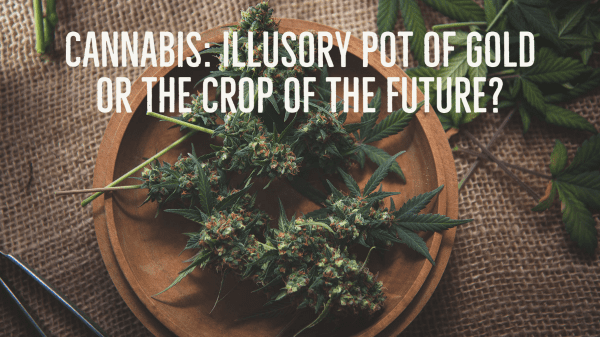In the last fifty years, there has been increasing movement toward the legalization of cannabis, starting with a 1972 measure passed in Oregon that decriminalized possession.
At present, cannabis is legal in 15 states as well as the District of Columbia, the Northern Mariana Islands, and Guam. The most recent addition is South Dakota, where it will become legal on July 1, 2021, as the result of a ballot initiative.
But the process has been uneven: as of 2020, four states (Alabama, Arkansas, Florida, and Texas) still had “smoke a joint, lose your license” laws in effect.
From a federal standpoint, cannabis is still illegal.
At this point, the biggest interface between hemp and the produce industry is in Florida, where growers of many hard-hit commodities, such as citrus and blueberries, are looking for alternatives.
Of course, it’s impossible to say whether hemp or cannabis are desirable alternatives for produce growers as a whole: there are too many individual variables. But anyone looking into these crops might start with a careful study—including the history of the industry, especially its ups and downs, over the past decade.
At the top of the list should be the market for the crop.
Chris Bourne, a partner in Klersun, LLC, a company that specializes in hemp-derived extracts, says, “These days, I wouldn’t put a seed in the ground without a buyer.”
This is an excerpt from the cover story of the May/June 2021 issue of Produce Blueprints Magazine. Click here to read the whole issue.



